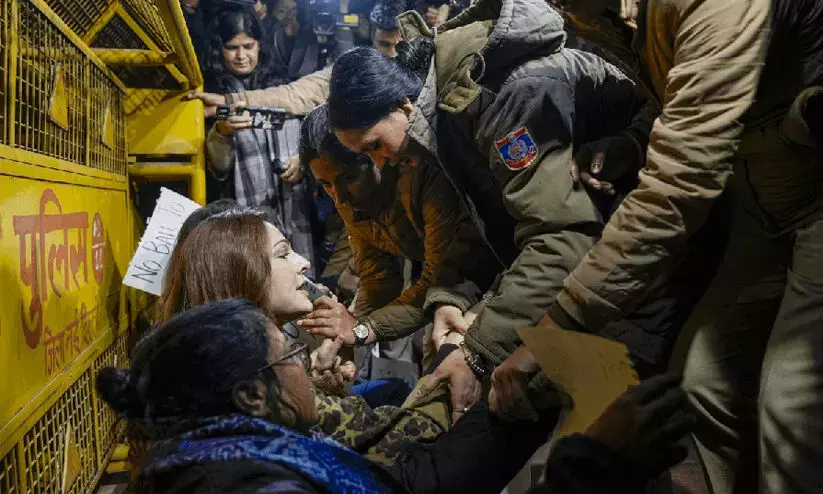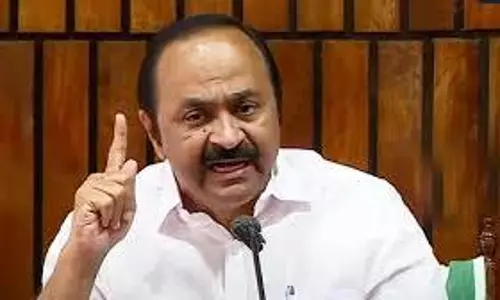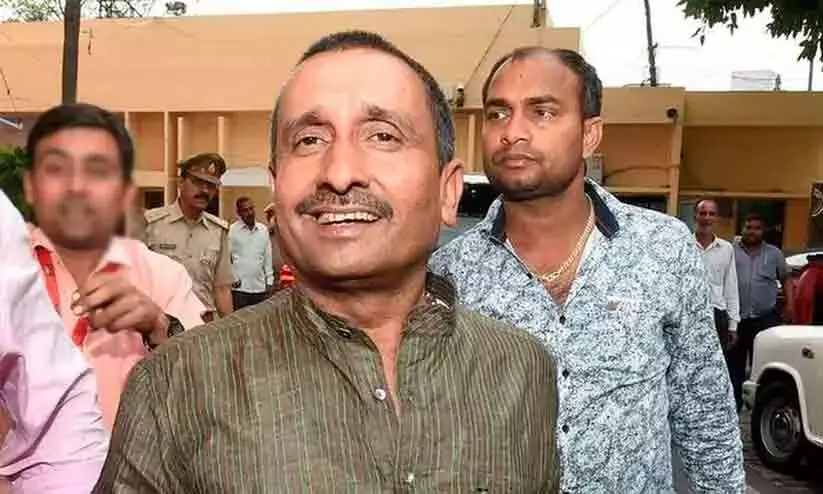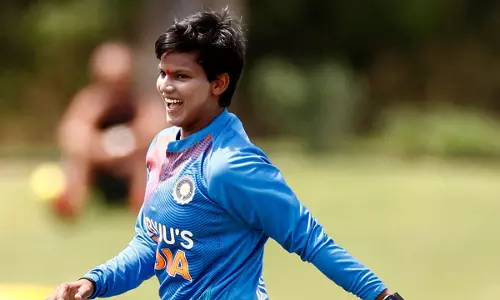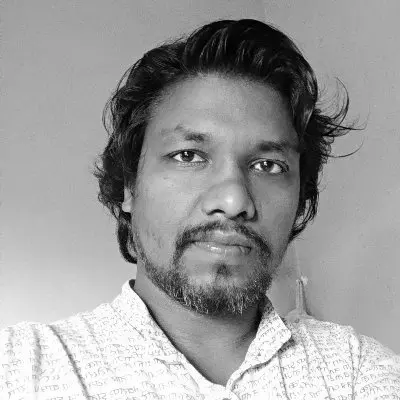
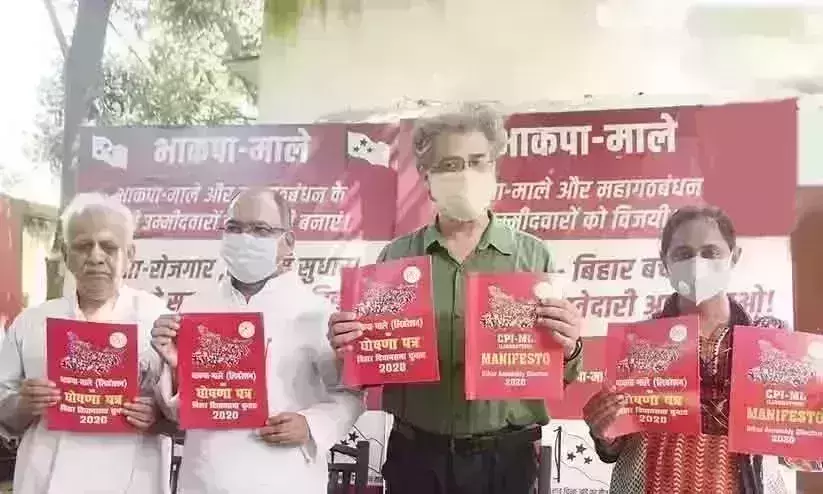
CPI(ML) National Secretary Deepankar Bhattaacharya and Polit Bureau Member Kavita Krishnan releases Election Manifesto for Bihar Assembly Polls
Rise and fall of left in Bihar
text_fieldsIn the last three or four elections in Bihar, there has rarely been such an occasion, when the Left parties were directly targeted. The main reason behind this was that the left parties have never been so important in the politics of the state that any other party would have strongly criticized them.
But, this year's Bihar assembly elections are different. The top leadership of BJP and JDU are directly targeting the Left parties, especially the Communist Party of India (ML) Liberation.
Both parties are accusing Rashtriya Janata Dal (RJD) of joining hands with the party (CPI- ML Liberation) who had allegedly been violent.
The way both parties are continuously targeting the CPI- ML Liberation, it is clear that the ruling parties are upset with the alliance of the left parties and the RJD. They feel that being a part of the grand alliance, the vote of the left parties will be transferred in toto. Since the Left is a cadre-based segment, and their hold in the Dalits and Backwards is still strong, it is compatible with the RJD's own social equation too.
But despite their popularity among Dalits, backward and labourers, the Left has never been a decisive factor in Bihar politics ever since it entered it. However, Left parties CPI, CPM and CPI (Ma-Le) have been very popular in some areas of Bihar. Due to this popularity, these parties have been given a place in the grand alliance and a good number of seats were allotted to them. CPI (ML) has been given a total of 19 seats, Communist Party of India (CPI) six and Communist Party of India (Marxist) (CPI-M) were given four seats each.
The entry of left parties in Bihar tookplace right after the end of the Naxalbari movement and that too from Bhojpur in the southern part of Bihar, also known as Naxalbari in Bihar.
However, the CPI, considered a soft faction in the Left, has long been present in Bihar's electoral landscape. The CPI had fielded 60 candidates for the Bihar Assembly elections in 1957, of which 7 won. After this, the party fielded 84 candidates in the 1962 assembly elections, but only 12 candidates won. In the Bihar assembly elections held in 1969, CPI contested in 161 seats out of which it won 25 seats. The CPI (M), which came into existence after breaking CPI in 1964, also entered the electoral politics of Bihar with this election. CPI-M fielded 30 candidates, out of which 3 candidates won.
Since a large number of landless, poor and backward classes are in Bihar, this land remained fertile for left parties.
The decade of the eighties was a golden period for the CPI and the CPI-M as both parties together won 35, 25 and 29 seats in the three elections held in 1972, 1977 and 1980 respectively during the same decade.
In the 1990 Bihar Assembly elections, CPI won 23 seats and CPI-M won 6 seats. In this election, a new party also emerged - IPF (Indian People's Front). In that election, the party (IPF) contested in 82 seats, winning 7 of them. The IPF vote percentage in this election was 10.56%, much higher than the CPI and CPI-M who had contested in Bihar for decades. In the 1990 elections, the CPI got only 6.59 percent and the CPI-M got 1.33 percent of the votes.
The IPF was in fact a stand-alone organization of CPI (ML) Liberation as CPI (ML) Liberation was banned. The CPI (ML) was formed in 1969, breaking away from the CPI (M). Actually there was a radical group within the CPI (M), which was not happy with the functioning of the party. It was this group that formed the CPI (ML). Later two streams of CPI (ML) were formed - Pro-Lin Biao and Anti-Lin Biao. The Pro-Lin Biao stream of CPI (ML) was later known as CPI (ML) Liberation.
CPI (ML) Liberation has been away from the electoral process as it believed in armed movement rather than fighting in a democratic way. But, in the early 90s, it decided to participate in the democratic process. A meeting was held in Delhi in April 1982, in which the Indian People's Front was formed to participate in the election process. The Indian People's Front participated in the 1985 assembly election for the first time, but could not win a single seat. In 1989, the Front won the Ara Lok Sabha seat. Subsequently, in the 1990 Bihar assembly elections, this front contested in 80 seats, and won seven of them. The Front received a total of 10.56 percent votes, which was more than the combined vote of CPI and CPI-M.
In 1992, the fifth session of the CPI (ML) Liberation was held in Kolkata. Atthe session, it was decided to abolish the Indian People's Front and finally it ceased to exist in 1994. After this, CPI (ML) Liberation also started participating in the electoral process. However, after 1995, the left parties could not perform better in any election. The CPI and CPI-M could not even open an account in the 2015 assembly elections, but despite the poor performance, the CPI (ML) Liberation managed to win three seats.
Experts believe that the left parties have never been in a decisive position in Bihar, but they had a mass base. In the year 1990, Lalu Prasad Yadav started the politics of Dalits and backwards and gained immense public support and since then the already weak left parties in Bihar have become even weaker. Despite Lalu Yadav's popular Mandal politics, CPI-M Liberation kept its support base intact.
After the victory of 1990, many big leaders of the Left joined the RJD, leaving no majorface to lead the cadres in the left parties.
Given the continuous downfall in the electoral politics in Bihar, this election seems to be the last battle for the survival of their (left parties) existence. Perhaps this is the main reason why CPI-ML Liberation had to first join hands with RJD.
If the left wins a good number of seats in this election and a Grand Alliance government is formed, then for the first time in the political history of Bihar, the left parties will join the government. And if they lose, then it will take them decades to rise again.





